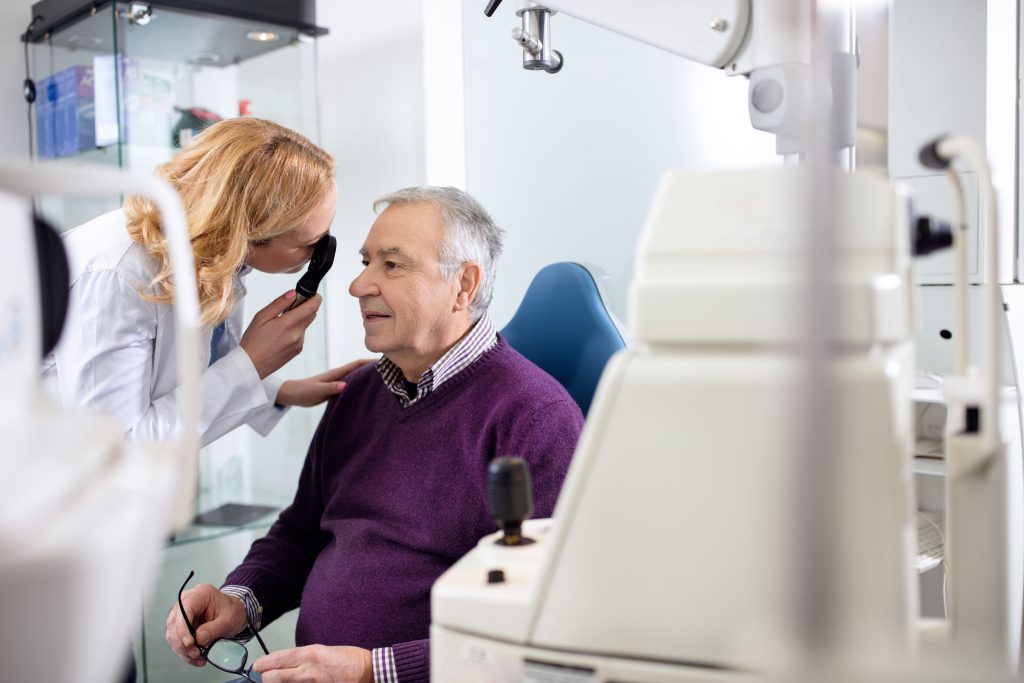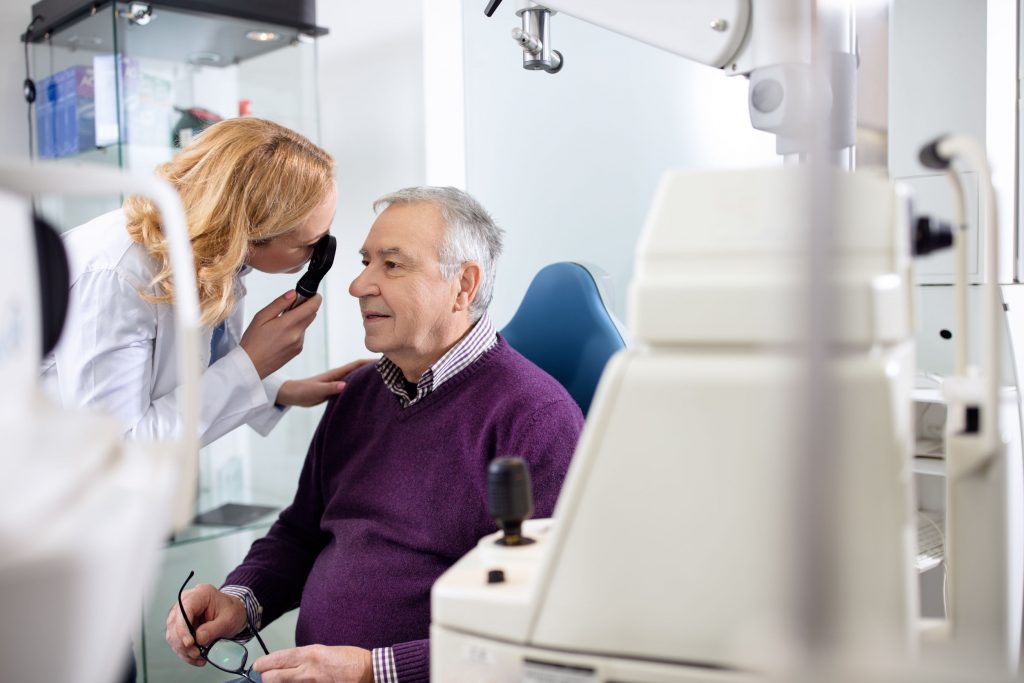
Ocular (or eye) allergies are allergic reactions that affect the eyelid. The eyelid is a thin layer of skin that covers the eye. The eyelid is connected to the eye directly via the conjunctiva. The thin skin of the eyelid is prone to irritants including cosmetics, pollen and detergents. When exposed to these irritants, an allergic reaction occurs. The symptoms of these allergic reactions can last for a long period after exposure.
What are the symptoms of ocular allergies?
Ocular allergies can present themselves in various ways. However, the primary symptoms for these allergies include itching, eye fatigue, a burning sensation, swelling of the eyelids, eye redness, sensitivity to light, a gritty feeling in the eyes and swollen eyes.
What is dry eye?
Dry eye is a condition that occurs when you are unable to produce adequate tears to lubricate the eyes. The eyes dry out too quickly and become swollen, red and irritated. The condition occurs due to various factors including age, medications, gender and exposure to irritants.
Are eye allergies common?
Eye allergies are quite common. In America, more than 60 million people suffer from some sort of allergy. 24 million of these people develop ocular allergies. Allergies can be a nuisance to deal with. Many of them can result in the development of even more serious conditions such as Dry Eye. It is therefore advisable to have your eyes examined regularly and seek treatment for any allergies identified.
How can eye allergies be treated?
The treatment for eye allergies varies depending on the cause of the allergy and the effects. Preventative care is the first and foremost goal of any eye health care professional. Health care professionals advise patients on preventative care, which includes ocular hygiene, avoiding allergens e.g. avoiding pets and eating foods that improve eye health.
Regular eye exams ensure that any conditions are detected early. This will help your doctor administer treatment to relieve the symptoms of eye allergies such as itching. This may include the administration of medications such as Cromolyn. It may also include the use of a cold compress or discontinuing the use of contact lenses for a period.
If your eyes have reddened as a result of the allergic reaction, your doctor may suggest cosmetic relief for the redness.
Avoiding the allergens in the first place will help to promote eye health and prevent painful allergies.




